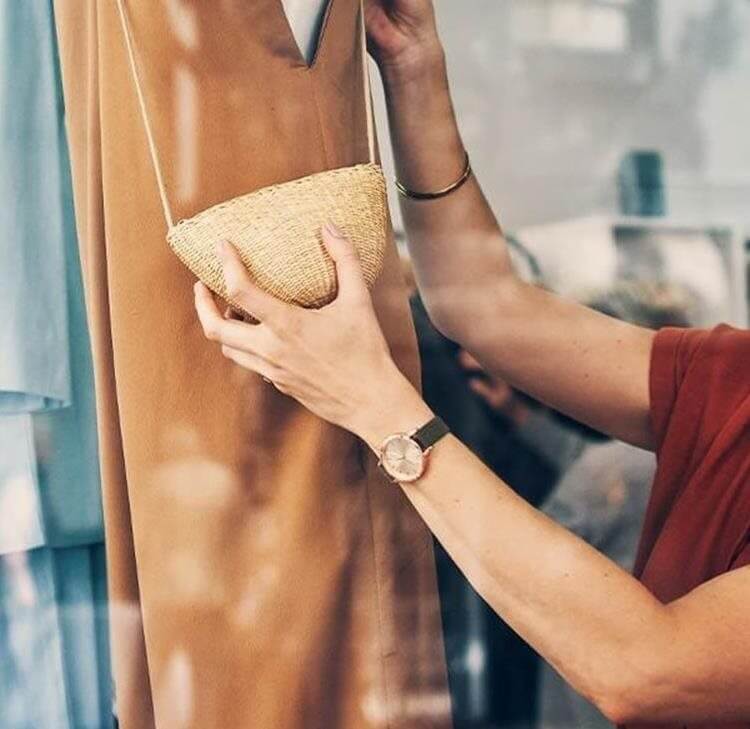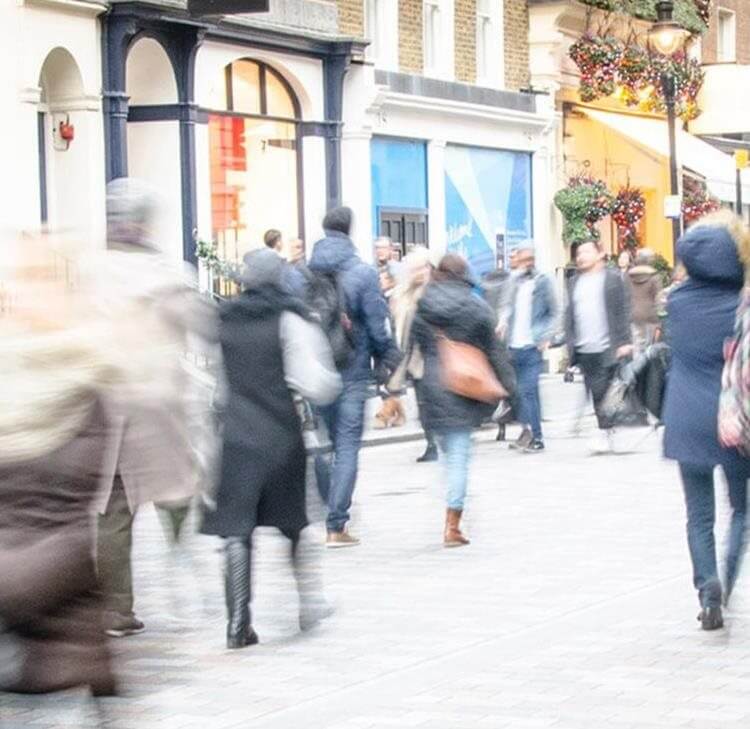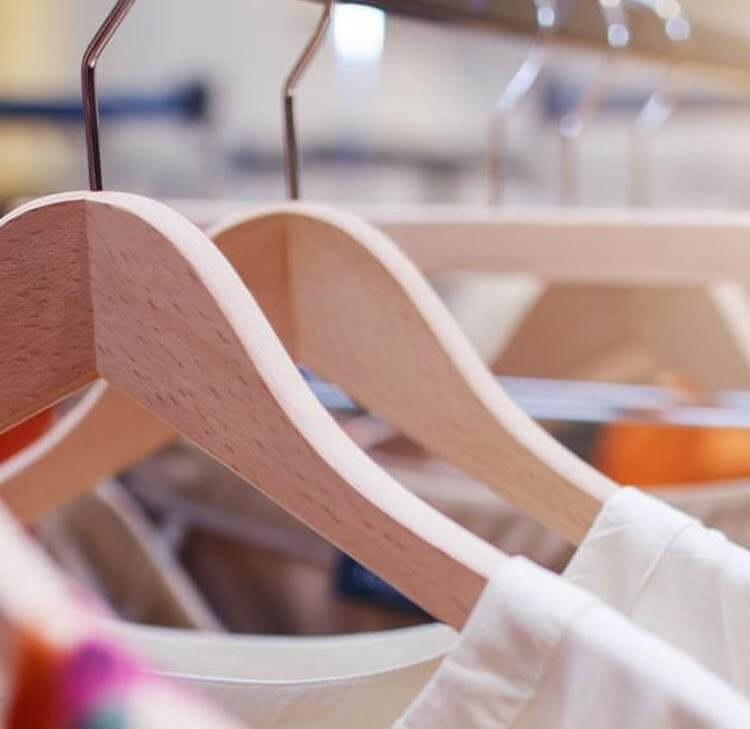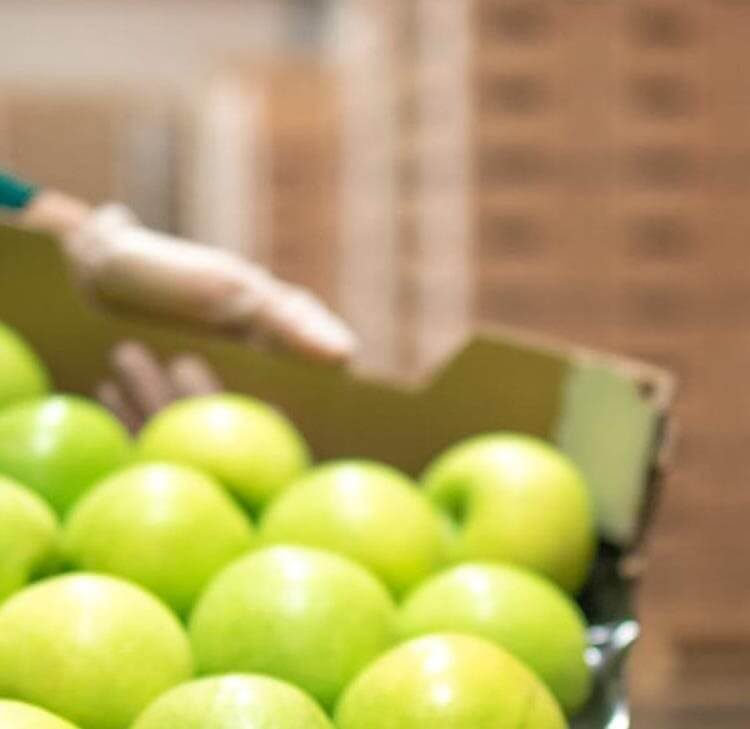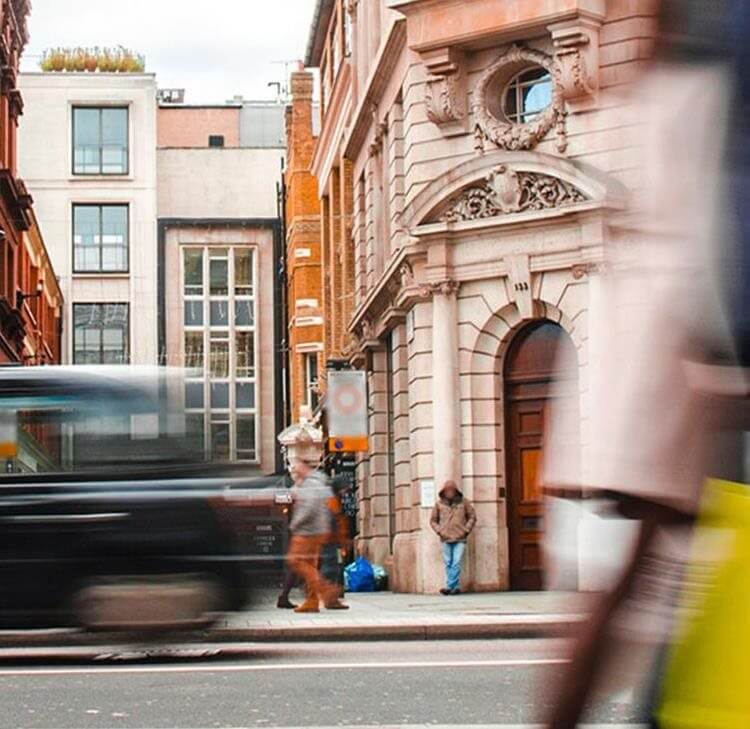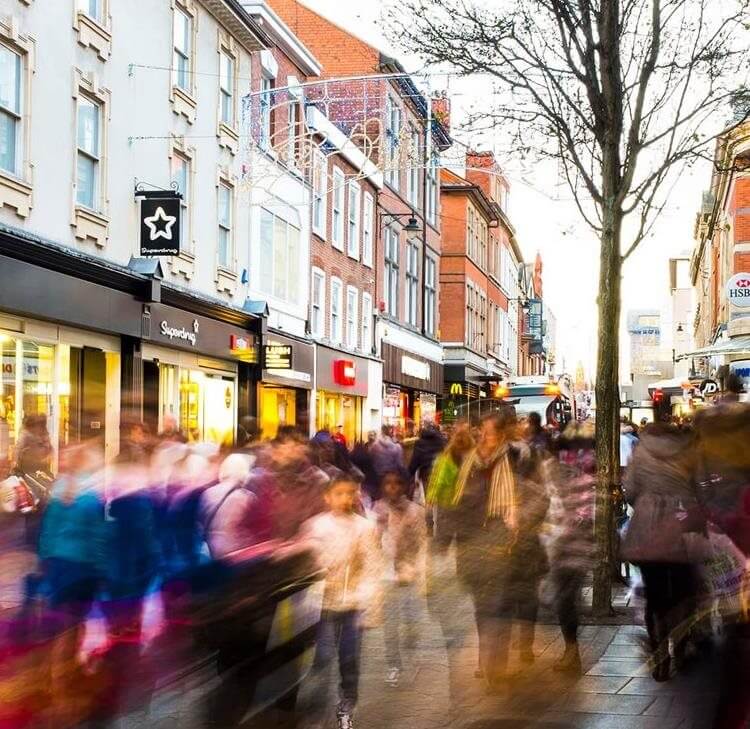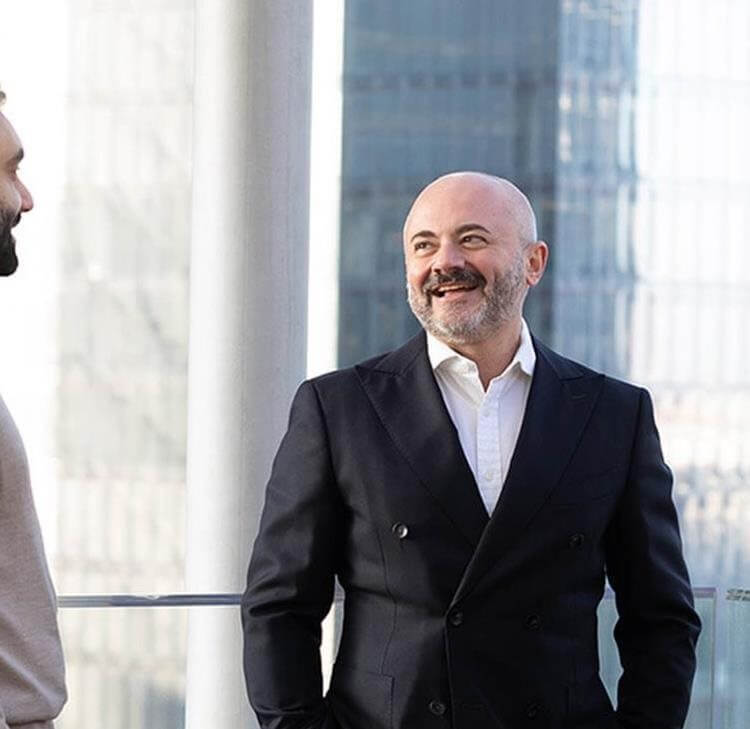This article was first published by Fashion Capital in October 2022.
The fashion industry has a mountain to climb when it comes to sustainability. More than 8% of greenhouse gas emissions come from the apparel and footwear industries, and approaching three-fifths of all clothing ends up in incinerators or landfill within a year of being made.
In many ways, it could be argued that purchasing from luxury brands is a more sustainable choice, as the garments are designed to last, and pieces such as coats, watches and other wardrobe and accessory staples are often worn by customers for decades (and, particularly for watches, are passed down in families). Contrast this with fast fashion brands, where the pieces are (whatever the brands may say) intended to be worn only a handful of times before being discarded for something new.
Sustainability is already a key factor in the consumer’s decision to purchase, and is likely only to increase in importance in the future. Whilst for customers of fast-fashion brands, price may (particularly during a cost of living crisis) trump sustainability, consumers of luxury brands are not as price-sensitive. Consumers are now more conscious of their impact on the planet and want to feel that the brands they are buying from are making genuine efforts to ensure that their products are made ethically and with environmental responsibility in mind.
While one luxury brand has been a trail-blazer in sustainability for decades, most luxury brands have in recent years made concerted efforts to ensure their products and operations are more sustainable. One of the big challenges for luxury brands in becoming more sustainable is the fact that some of the materials commonly used by luxury brands (particularly fur, leather and other skins) raise obvious ethical and environmental concerns. Many luxury brands are now partnering with innovative developers of new materials to create bio-textile alternatives to leather, plastic, and fur, such as the well-publicised mushroom leather and lab-grown fur. Knitwear brands are upping the amount of recycled wool and cashmere in their products. At the other end of the production journey, many brands are selling or donating leftover fabrics and yarn so they can be used rather than discarded, and some have made new designs out of previous seasons’ stocks. Many have made commitments to reduce their carbon footprint and emissions and are reconsidering the packaging and transportation of their products. Particularly in the beauty industry, the lack of recyclable packaging has been a problem for many years.
Just as importantly, luxury brands are having to look at their supply chains – how and in what conditions their products are designed, made and moved around the world, and how to reduce the environmental impact of that chain. Those that own their own factories are able to put measures in place to make their production more sustainable, but for those that don’t, the answer lies in the brands imposing clear and measurable sustainability requirements on their suppliers and monitoring and auditing to ensure that suppliers comply with those requirements. The EU has proposed a Corporate Sustainability Due Diligence Directive which, once implemented into national law, will impose requirements on certain EU (and even some non-EU) brands to have robust procedures in place to identify and prevent or mitigate negative environmental impacts arising from their operations and supply chains.
Finally, various luxury brands have ventured into the resale market by partnering with reputable luxury resale platforms such as TheRealReal and Vestiaire Collective. The challenge for luxury brands with resale is retaining as much control as possible over the resale process so that the brand is not damaged by unauthorised resale or counterfeit products. Partnering with reputable luxury resale platforms to ensure the products are authenticated is one way the brand can do this – it is more practical for the brand than developing its own resale programme.
Luxury brands have at their core the allure of purchasing something timeless and built to last. With that foundation, and by entering into considered partnerships with third parties to develop new materials and participate in responsible resale programmes, luxury brands can be part of a more sustainable industry.







